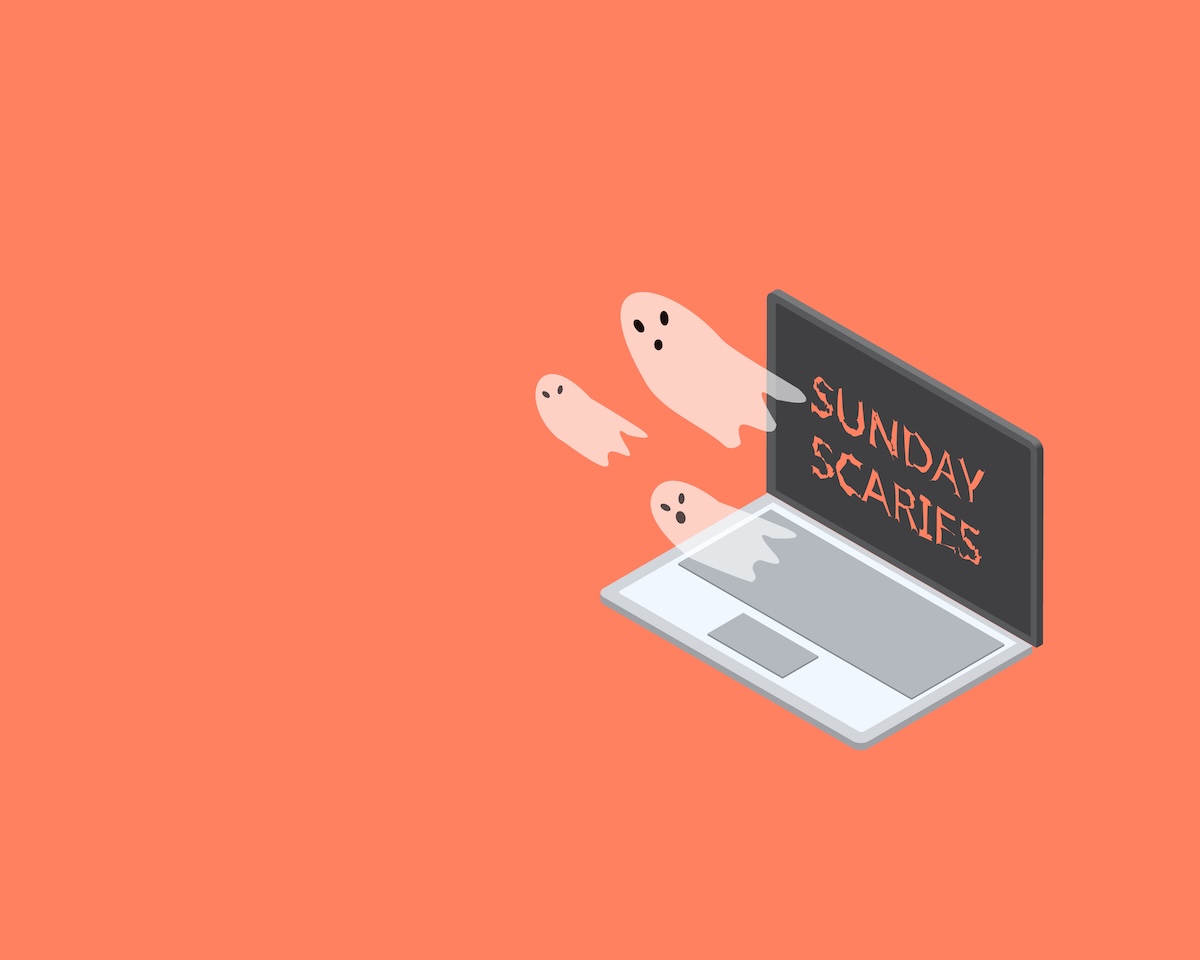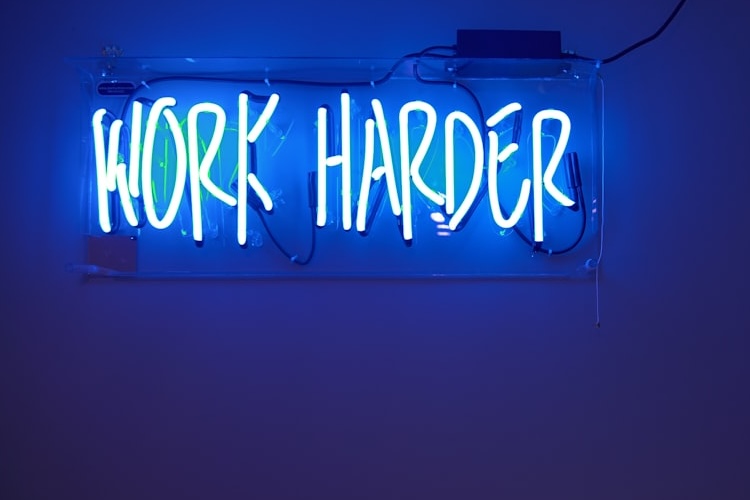If you’ve felt that pit-in-the-stomach on Sunday, you’re not alone. Left unchecked, the “Sunday scaries” can hijack what should be a restorative day.
I worked with a client who watched her dread creep in earlier and earlier—first Sunday evening, then afternoon, then morning. Weekend email flurries and “maybe-urgent” messages pulled her into pre-emptive work. She felt edgy with her family and spent much of Sunday bracing for Monday.
Our solution: build a simple Daily Operating Rhythm (DOR) for Sundays—small, repeatable steps that bring stability, ease, and control.
Reframe it as a ritual
Treat the check-in as you would brushing your teeth: same time, same short sequence. Rituals reduce emotional load by making behavior predictable and deliberate.
Set clear parameters
- Pick a 30-minute window. Set a timer. Outside that window, you’re off.
- Silence notifications. Open tools only during the window.
- Use a triage rule:
- Respond now only if it’s truly urgent and takes <5 minutes.
- Schedule it for the workday if it needs focused time.
- Park it (label or list) if it can wait.
Do a micro-plan, not a work session
- Calendar check: Scan the week for meetings, deadlines, and constraints.
- Set Monday’s Top 3: Name the three most important outcomes for Day 1.
- Block focus time: Reserve at least one 60–90 minute block for your top item.
Use an exit cue
Close the laptop, take a short walk, make tea—anything that signals “ritual complete.” Then return to your Sunday.
Why it works
A Sunday DOR turns uncertainty into a predictable pattern. You regain agency over when and how you engage, create boundaries where everything once felt urgent, and reduce the emotional spike that fuels anxiety.
Quick-Start Checklist (copy/paste)
- Choose a fixed 30-minute Sunday window.
- Timer on; notifications off; email open only during the window.
- Triage: Respond (<5m) / Schedule / Park.
- Set Monday Top 3 + block one focus session.
- Exit cue. Close the loop. Enjoy your Sunday.
Danielle Santori is a Senior Consultant at Kintla. She partners with leaders to create stronger, more connected, and resilient teams grounded in evidence-based practices.








